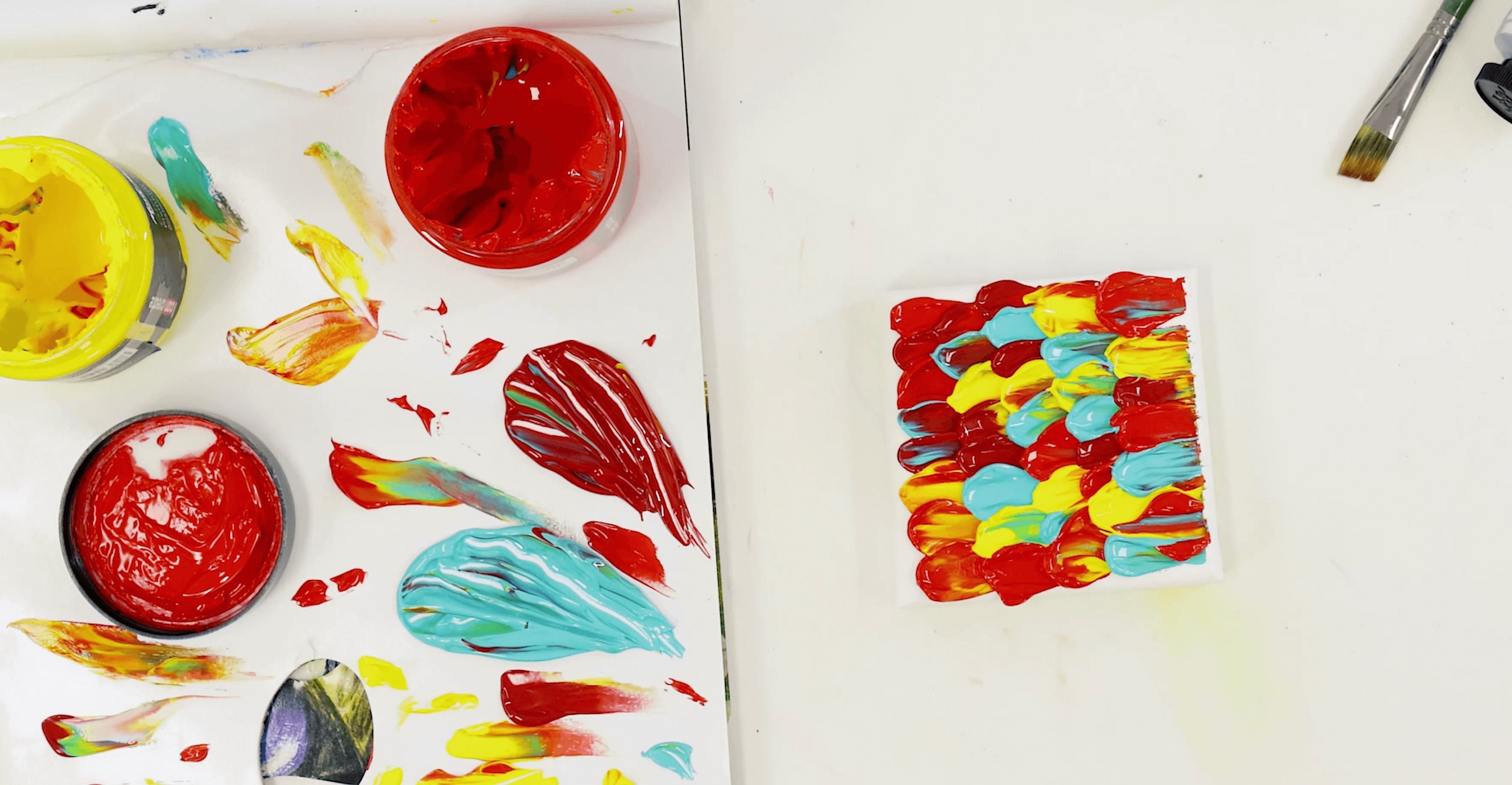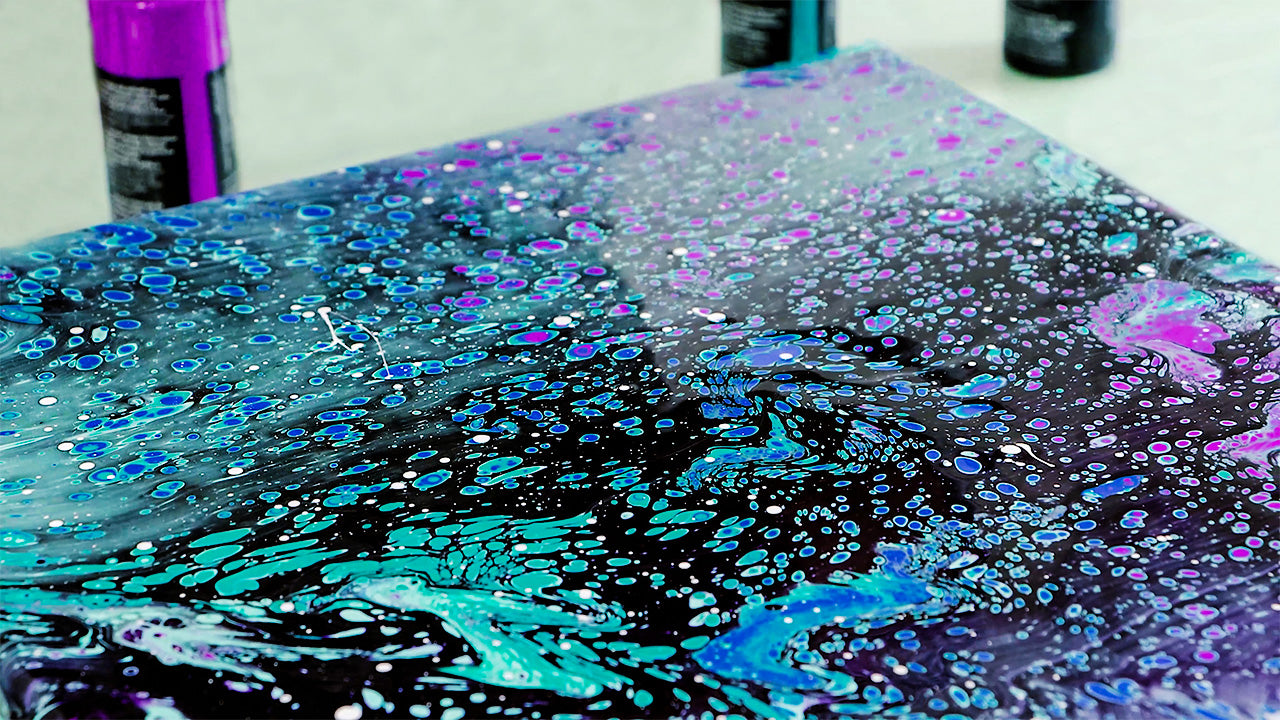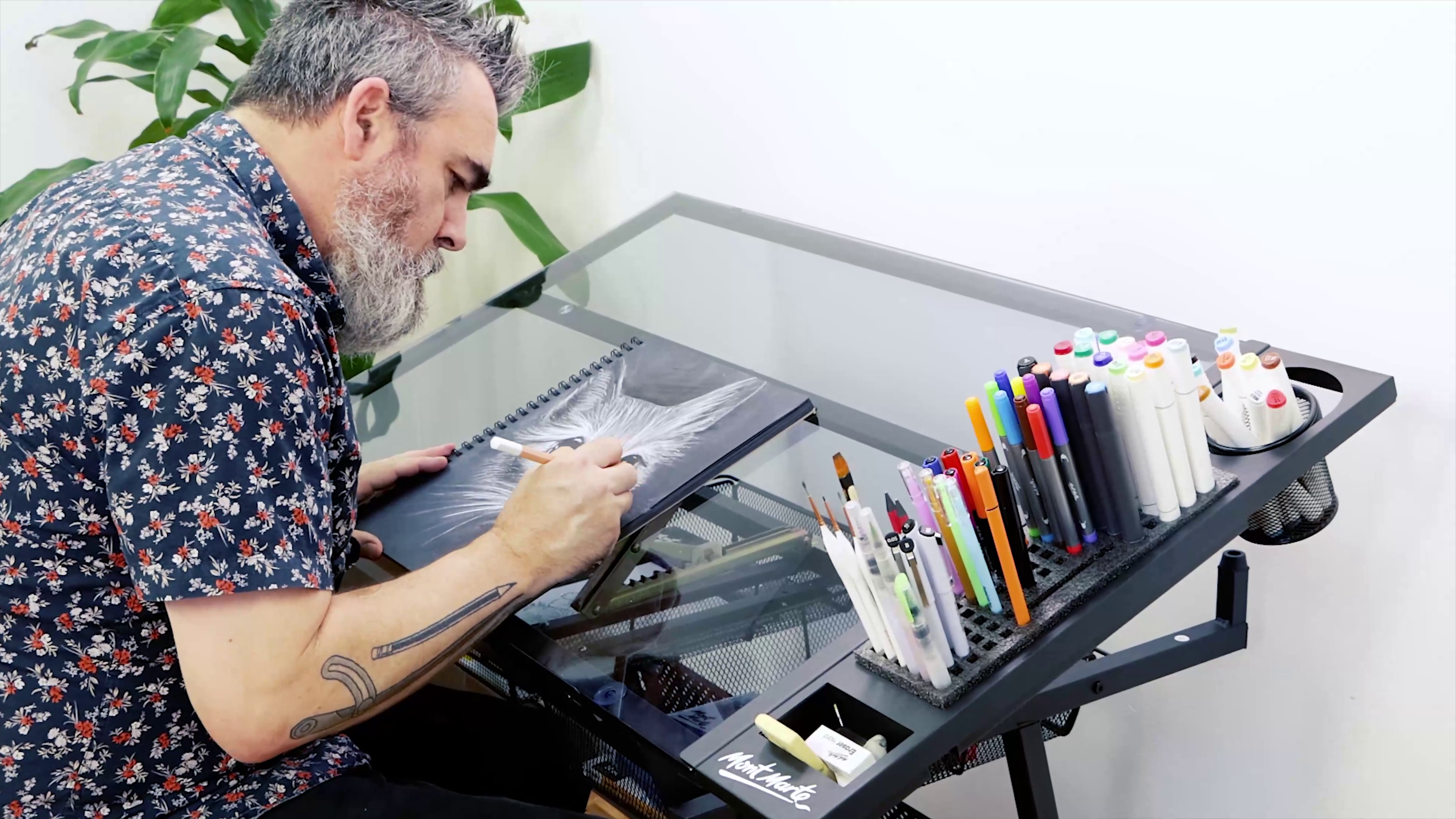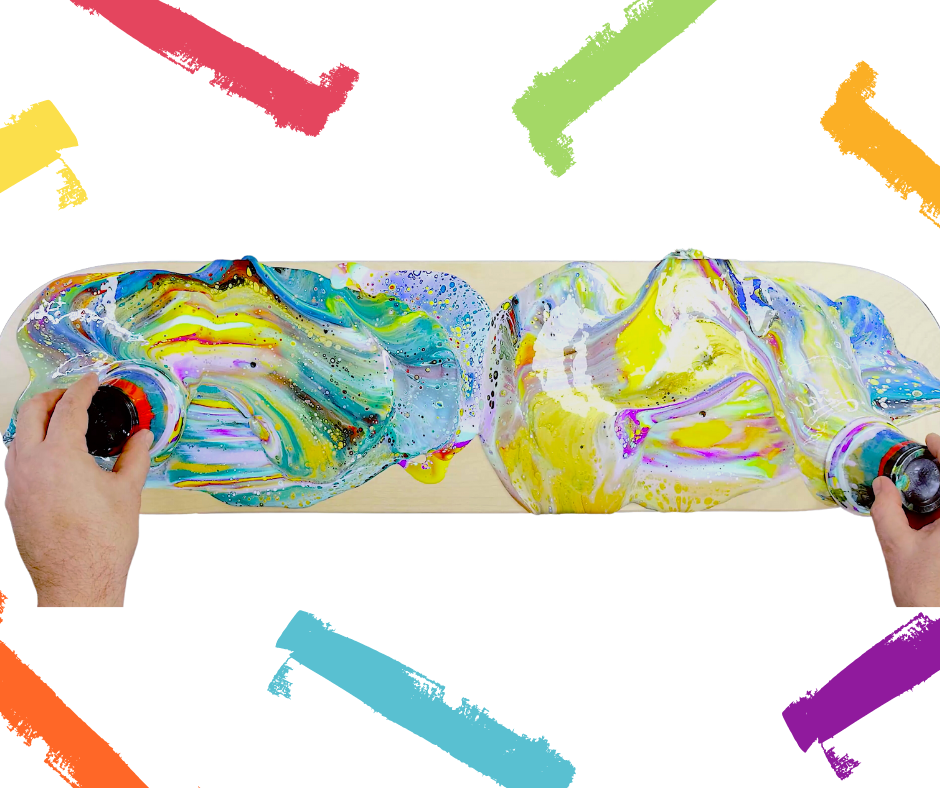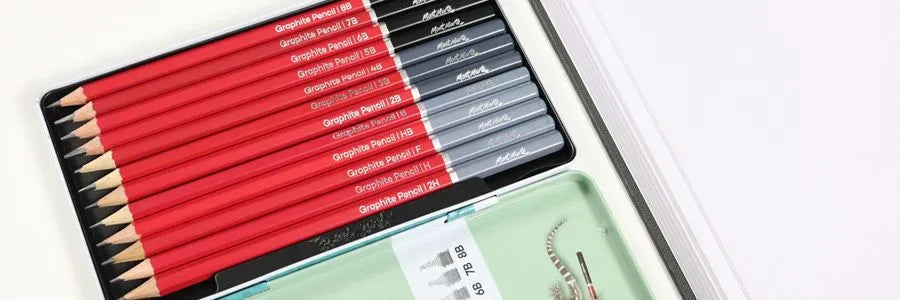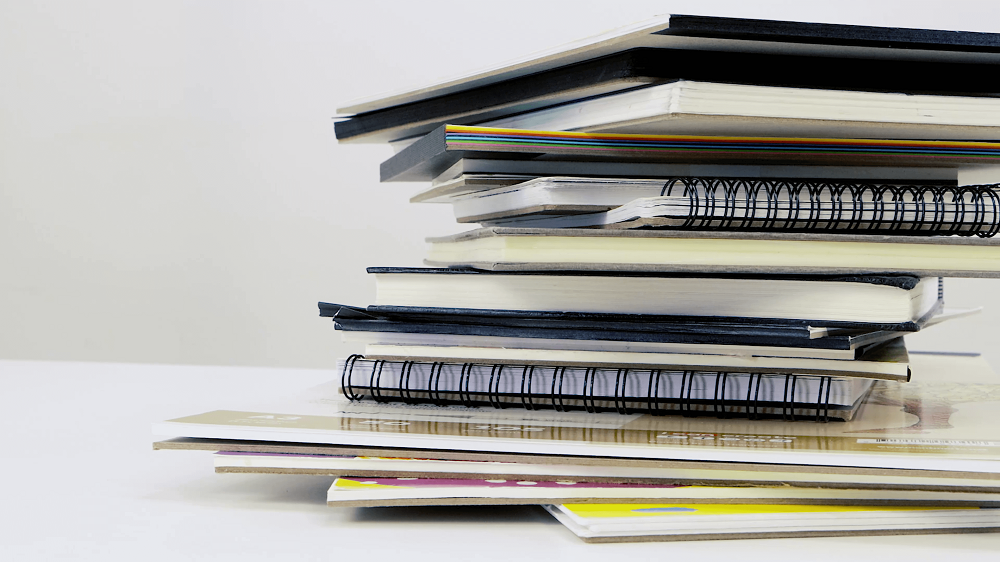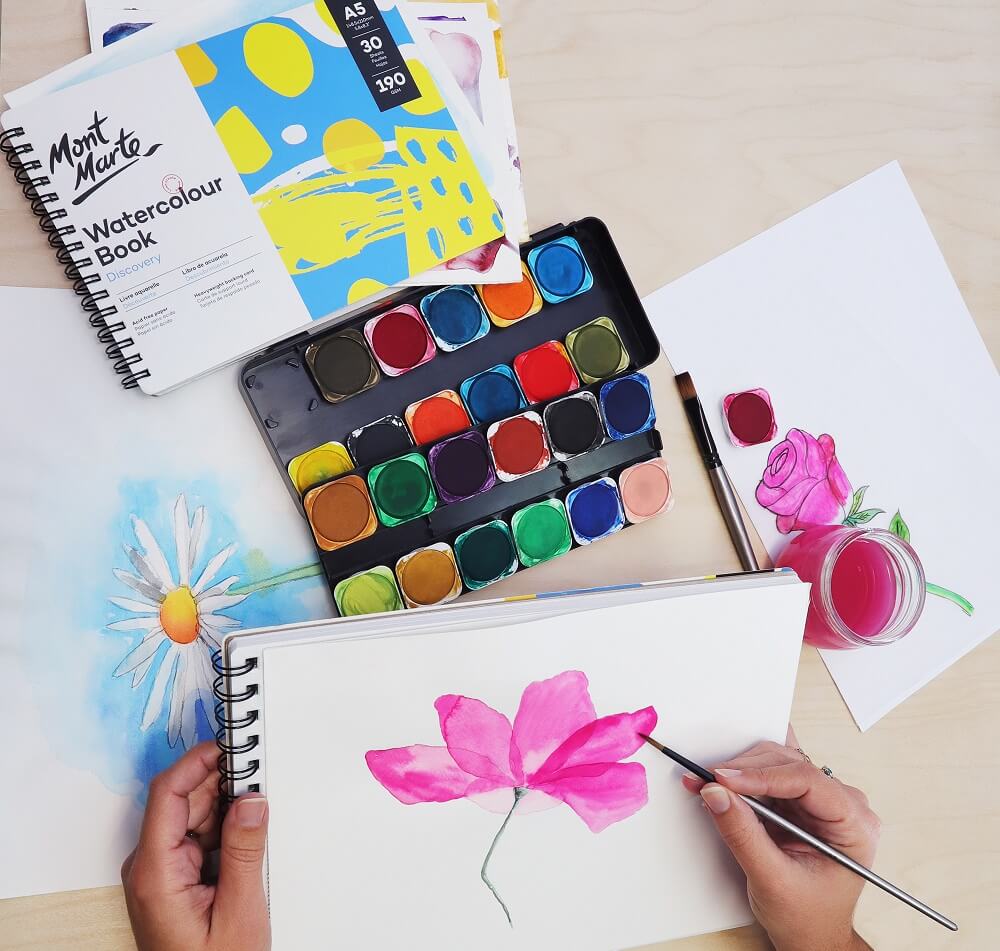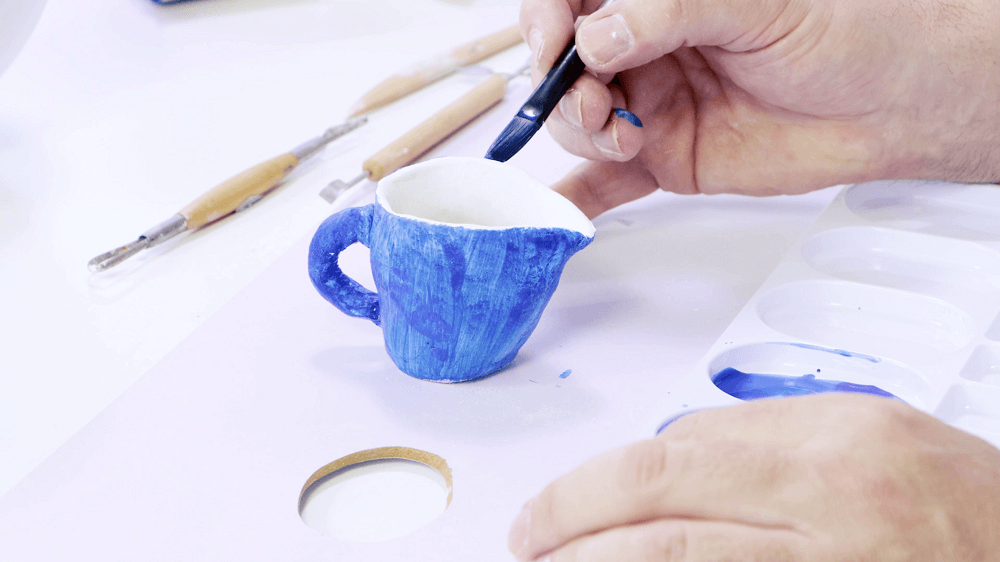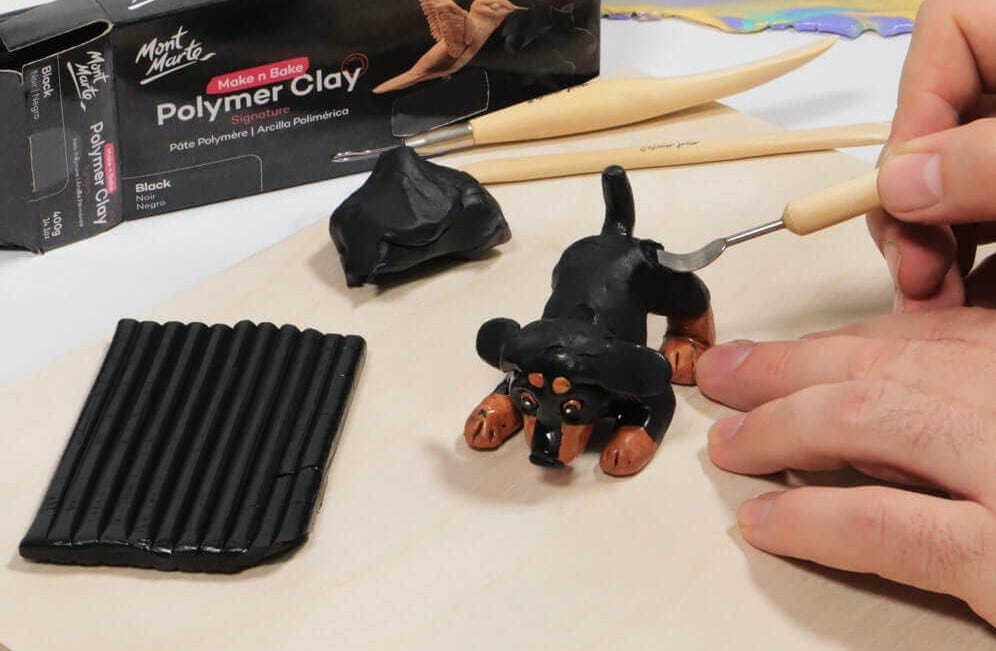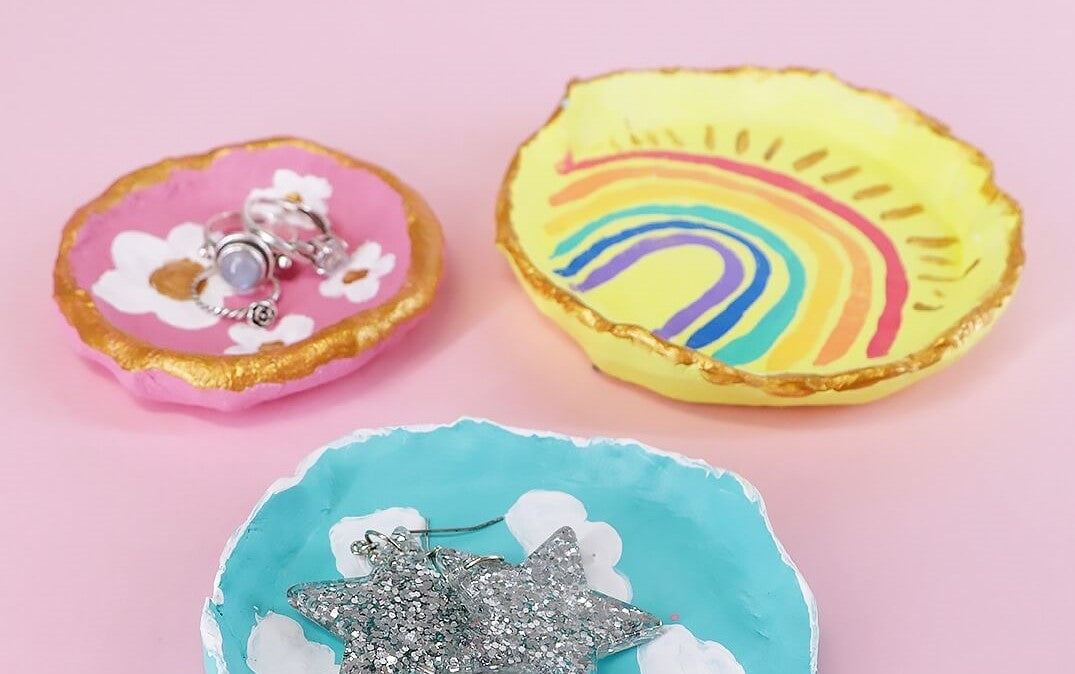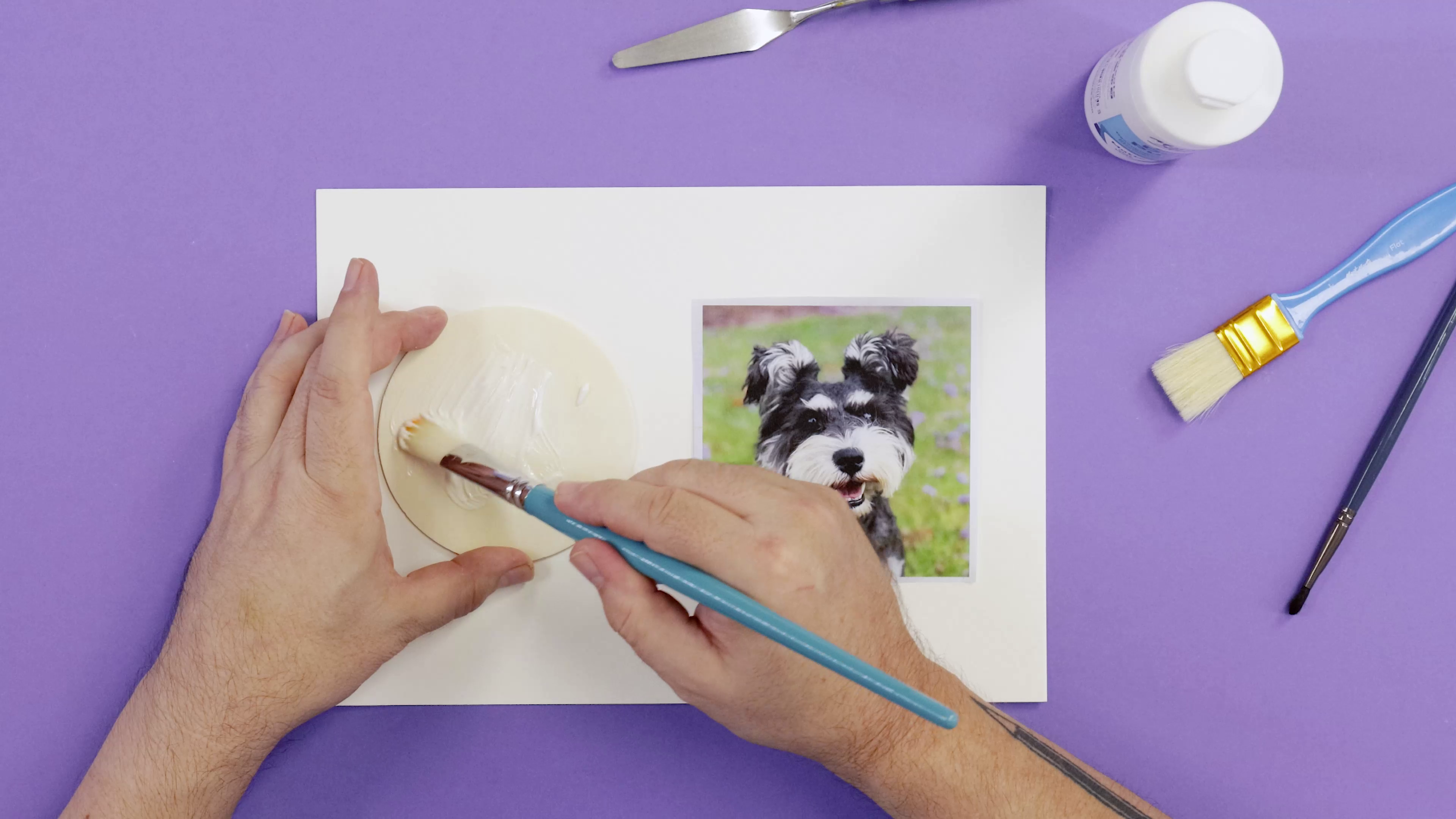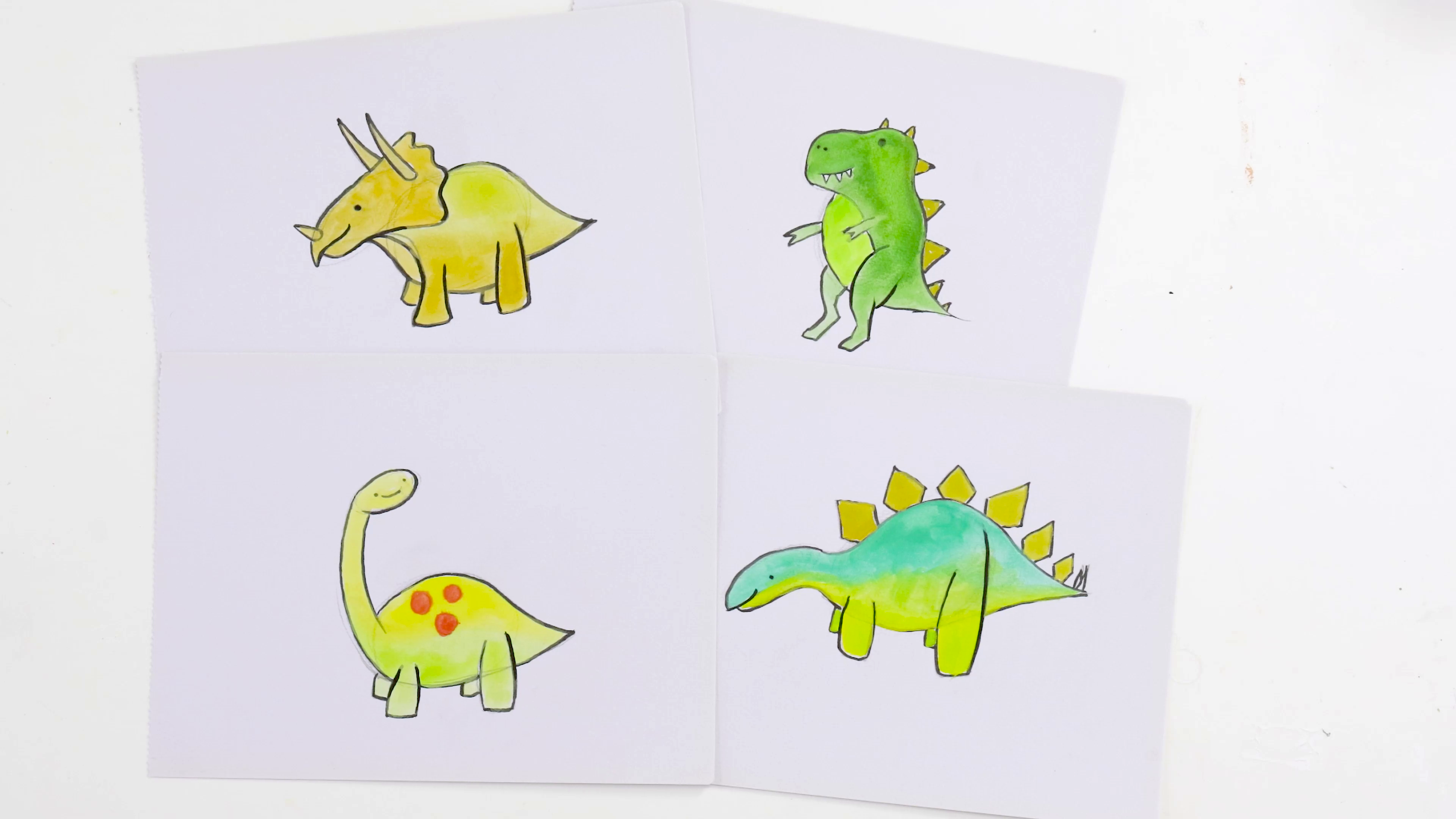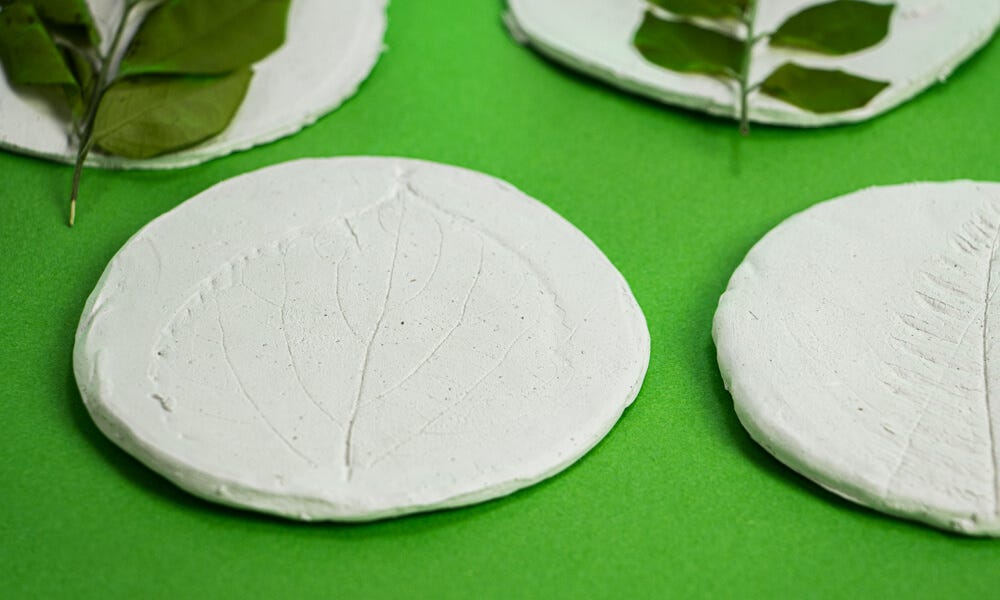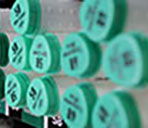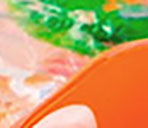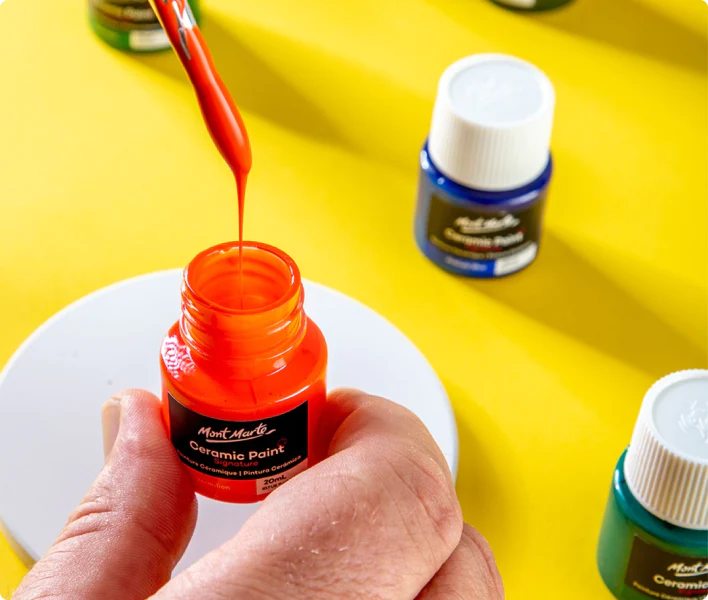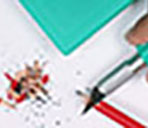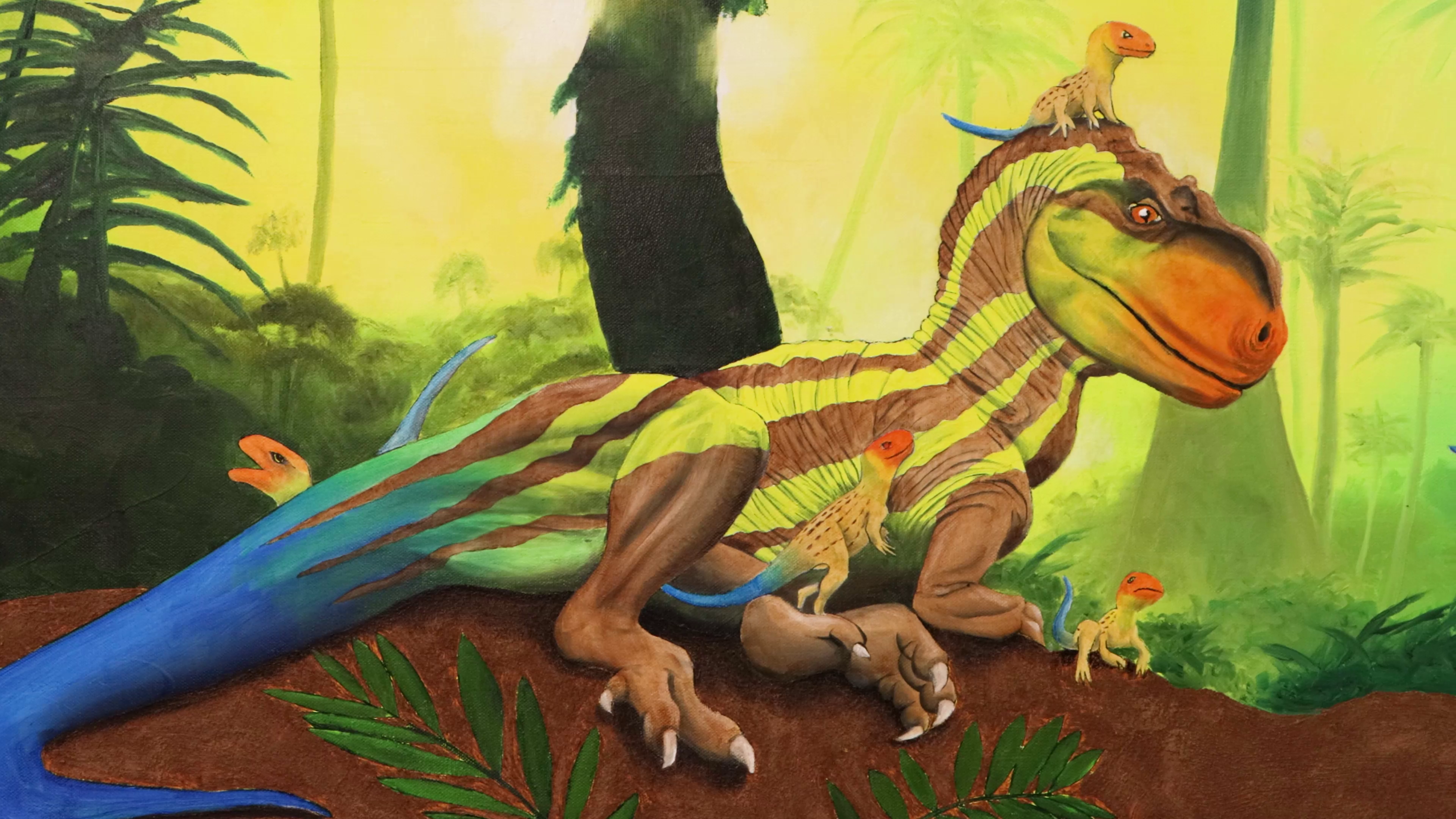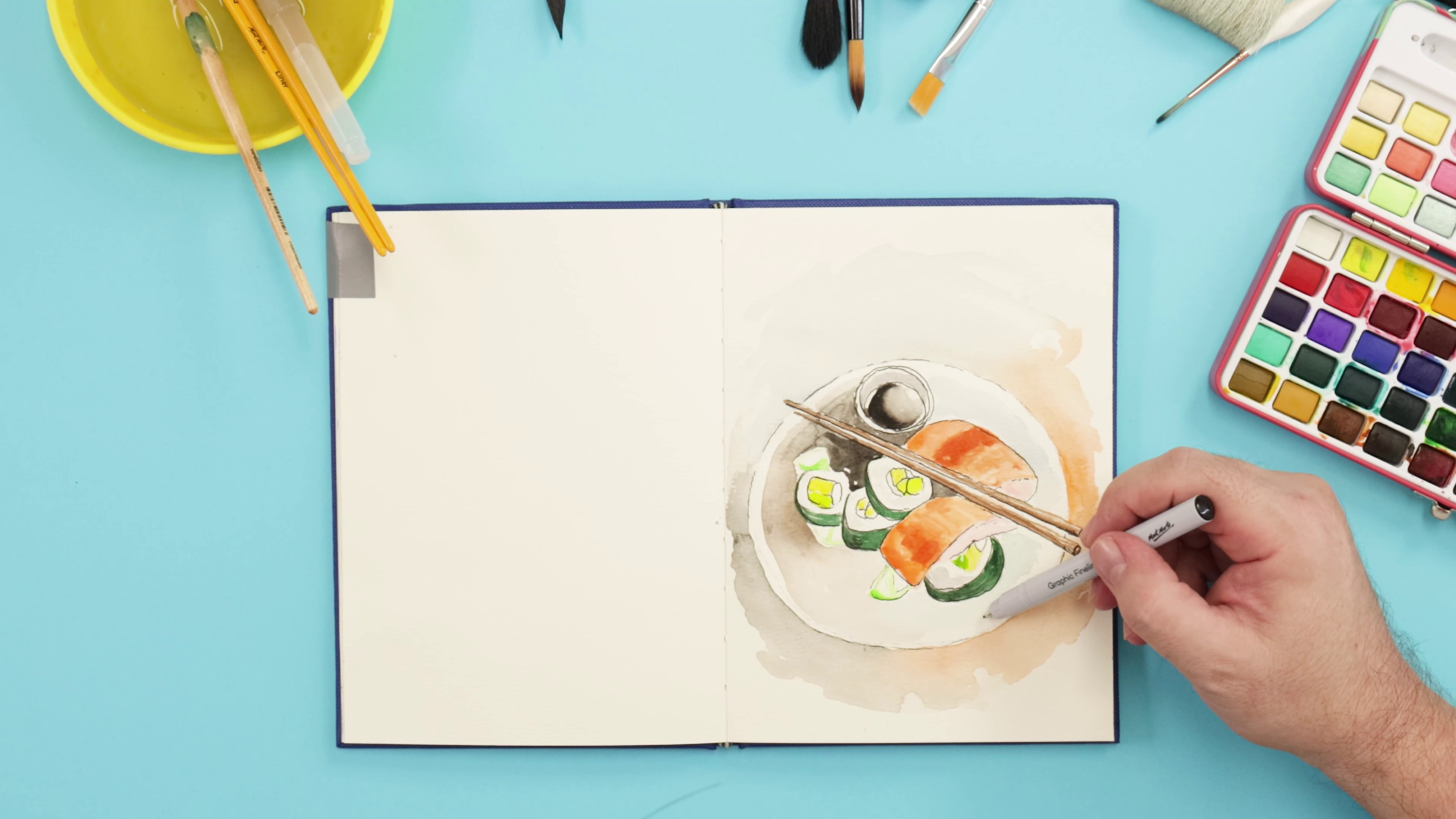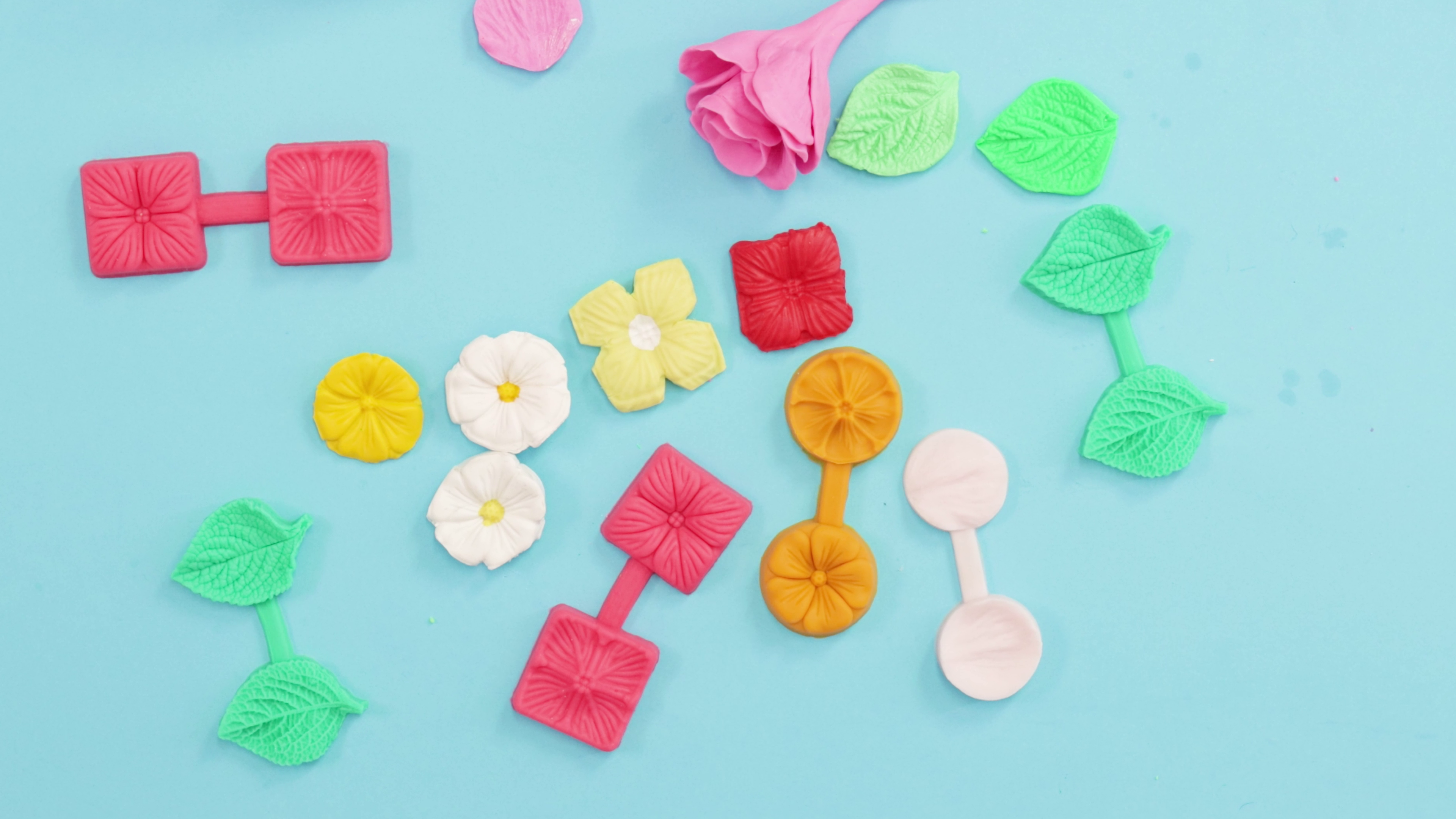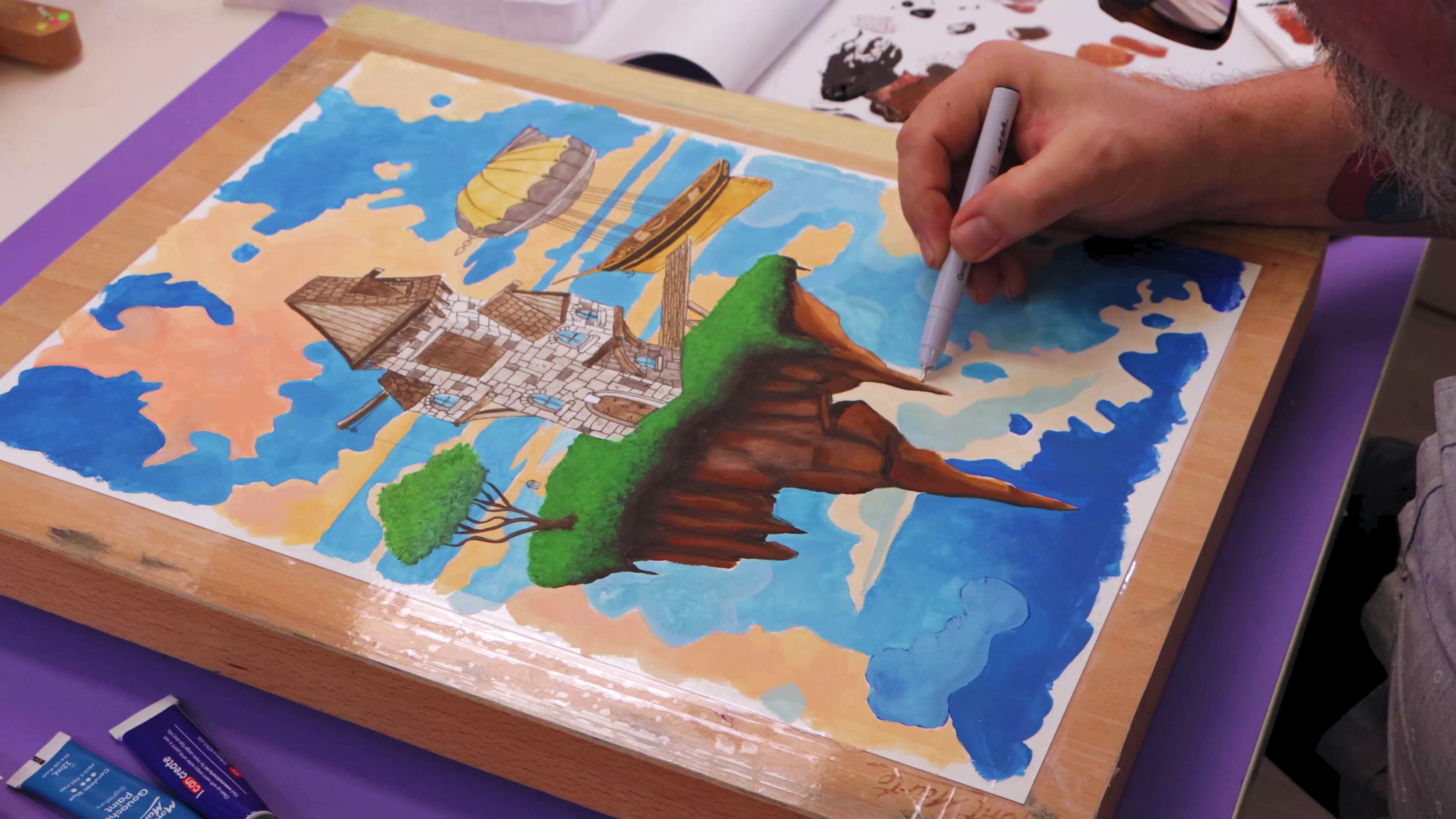Create a rose oil painting using the Flemish technique
How to paint a Rose in Oil paint using the Flemish Technique
Step 1. Drawing up the Rose.
If you refer to the first image on this PDF you will notice the outline of the Rose. Observe this image and transfer it onto your canvas with a pencil. You can do this directly or you can grid the image up and transfer it like that.
Step 2. The Imprimatura step.
In this step we give the canvas an initial stain of colour. I use acrylic paint for this as it dries quickly and is flexible. I’m using the colours from a Mont Marte 12 piece pack. I create a mix in a dirty Olive colour with 4 parts Yellow Ochre to 1 part Viridian and a little water, apply it with a 75 mm taklon brush as evenly as you can. Ensure the pencil drawing can still be seen under the tint. Clean the palette knife with a rag after it has been used. Get into the habit of continually wiping paint off the brush also.
Step 3. Umber under-painting.
It is in this stage that we start to tonally build our painting. With the 75 mm brush lay a coat of Linseed oil over the canvas and then wipe off the excess with a rag. Then squeeze out a bead of Burnt Umber and some linseed oil and tonally paint in the rose and background. Refer to the image of the finished Rose that can be found in the PDF in regards as to where to lay in the shadow and the light area. Let this dry.
Step 4. The Dead Under-layer.
While the previous tertiary layer provides the values, this layer is what gives it that 3D quality. This layer is sometimes referred to as a grisaille. So squeeze out some Mars Black some Titanium White and a little Linseed oil and build up the tone in these colours. Follow the values from the under painting. Try to keep the darks quite translucent and the lights more opaque. Let this dry.
Step 5. Adding colour to our Rose.
You will find the recipe for each colour below, and a colour placement guide on the last Image of this PDF. Create all the mixes on the palette and number them with a marker. Paint them on to the rose in this order : 8, 7, 6, 5, 4, 3 and then 2. Use the medium flat for this.
Paint recipes used in this step:
# 2 - Titanium White and a tiny touch of Prussian Blue.
# 3 - Titanium White with a touch of value # 4.
# 4 - 4 parts Vermilion, 2 parts Yellow Medium, 6 parts White.
# 5 - 4 parts Vermilion, 2 parts Yellow Medium, 4 parts White.
# 6 - 4 parts Vermilion, 2 parts Yellow Medium, 2 parts White.
# 7 - 5 parts Vermilion, 1 part Rose Madder, 1 part Medium, 1 part White.
# 8 - 5 parts Vermilion, 3 parts Rose Madder, 1 part Prussian Blue.
Step 6. Blending.
Once you have all the colours laid in, use a small flat to blend all of the adjoining colours together so there is a nice soft transition. As you blend, remember these important points:
* Don’t over blend or you will ruin the soft transition.
* Clean your brush continually with a clean rag.
* Use a very light touch.
* Bring the light into the dark.
* Keep your coats very thin.
* Add linseed oil to the mix so the colour is translucent.
* Use the tips of the brush.
Step 7. Applying the highlights.
In this step we lay on the highest key colour. Squeeze out the Titanium White. Use this straight and apply it with the # 10 round. This Tone will only lie in the areas of extreme highlight so refer to the images of the PDF for guidance.
Step 8. Adding the Greens.
The background and the stem are varying strengths of green. These colours can be created with Prussian Blue and Yellow Medium, and we will be mixing them directly on the canvas. Lay a thin coat of Yellow Medium thinned with Linseed oil over the stem and the sepals. Wipe the brush and dip it into the Blue and apply it onto the yellow. Build the tone and add more into the darker areas, keep a dry brush as you don’t want the Blue to overpower the yellow. Follow the same technique for the background but add a tiny amount of Vermillion to it so the green will be a slightly different tone. Use the large Filbert for this.
Material List
- Double Thick Canvas Premium 40.6 x 50.8cm (16 x 20in)
- Oil Brush Set Premium 7pc
- Artist Acrylic Brush Premium Taklon Flat Wide 75mm
- Palette Knife Signature No.4


